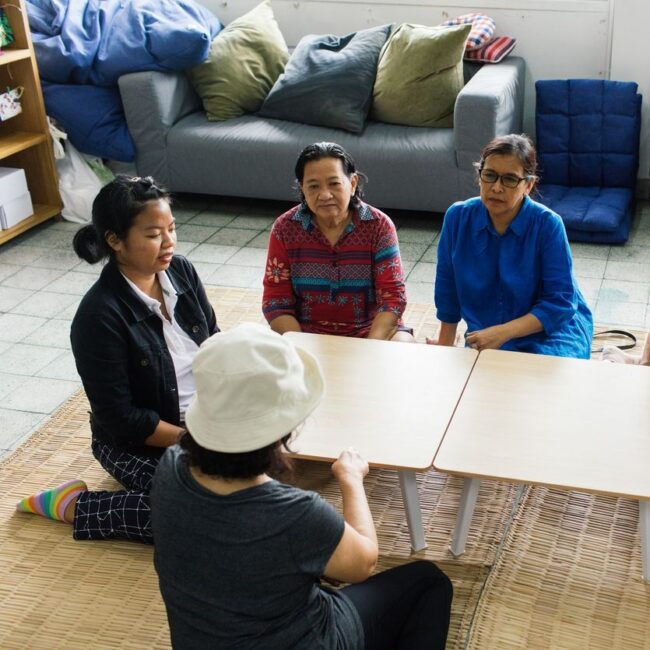
Partner to Build a Unified Vision
Creating a successful early childhood collaboration starts with a shared goal. This goal, or vision statement, is a short, powerful affirmation about what your community wants for the youngest children and their families. It’s more than just words; it should be a guiding force that shows what you believe in and how your collaboration will work together.
Illinois’s vision for early childhood is that every young child develops to their maximum potential and thrives with the support of their families and communities. Developing a vision for your collaboration will specifically address your community’s needs and interests.
Engaging Early Childhood Partners
When shaping this vision, it’s crucial to have the input of a diverse group of community stakeholders. This process is an opportunity to build strong relationships, which is key to collaboration and community systems development. Consider who is at the table and who might be missing. Strive for diversity across racial, ethnic, and economic lines, and ensure that voices from all community sectors are heard and valued equally. This means not just inviting diverse stakeholders but actively engaging them in every phase of the collaboration. The power of collaboration comes from stakeholders developing solutions to early childhood issues with the community and incorporating its diverse perspectives. Collaboration leaders must build relationships and trust among collaborations members and minimize barriers to participation.
Questions to Consider
It’s important to be aware of the groups involved—who’s there, who’s not, and who is at risk of being erased. Consider racial, ethnic, linguistic, geographic, economic, and family factors:
- Parents and families
- Child care providers
- Health care professionals
- K-12 school system members who may include school board members, superintendents, and teachers
- Leaders in the community who may include representatives from:
-
- Local businesses
- Service agencies
- Religious groups
- Elected officials
- Influential community members
-
While diversity of the people in the room is important, it’s simply a starting point. The collaboration should give all voices in the room equal authority, so that individuals commonly left out of the decision-making process, such as families and community members, have the space to be heard and inform the direction and work of the collaboration with their lived experiences.
Getting outside of your building and making an effort to connect in other spaces with families and providers is one important way to build relationships and a step towards including a wide range of perspectives in collaboration decisions. Help people see why their participation is important by showing how their work impacts—and is impacted by—the collaboration.
Community Systems Development Structure
The Community Systems Statewide Supports team organizes collaboration building into three categories of Partner, Plan, and Act. However, there is not one right way to partner, plan, and act. Community systems development work is ever-changing, and a collaboration may progress nonlinearly. A collaboration’s work is always fluid. It may jump between different areas and topics and that is okay.
Say you build a vision, develop strategies, and test your ideas to find that you missed engaging a key stakeholder. You may have to backtrack. All of this is part of a collaborations’ growth and development as the collaboration – and its community – are facing complex issues
Ready to Continue Building Your Collaboration?
If you and your collaboration would like more support with collaboration building—whether you are in the Partner, Plan, or Act stage—our team is here and eager to help!

